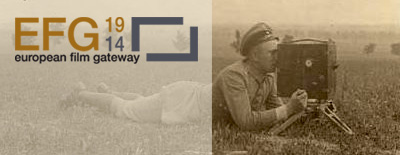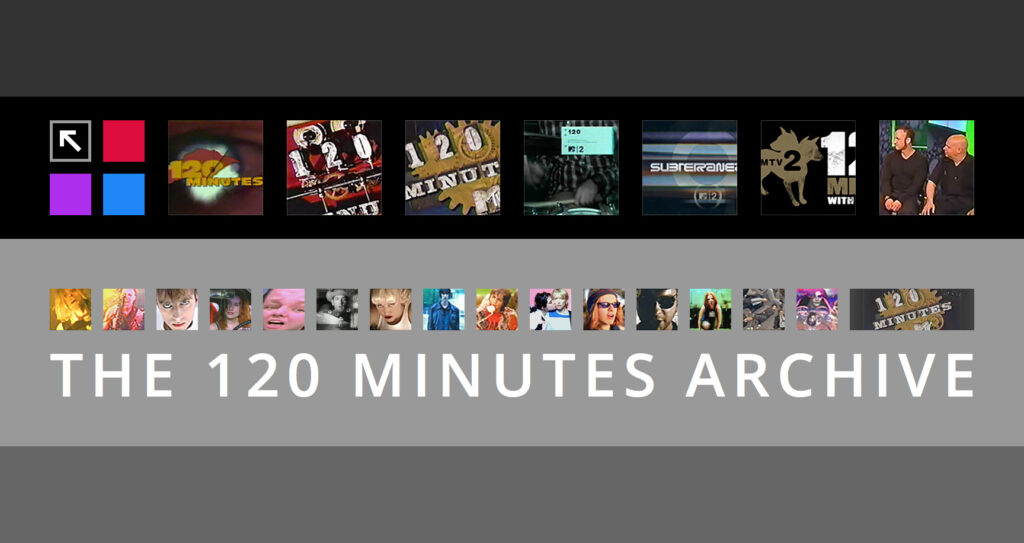Your brand has a story, and it’s nearly impossible to tell that story without some form of digital media. As your brand, your product and service offerings, and your organization grow, so too will your library of digital assets. Images, audio, video, documents and more are all vital tools to marketers.That means that managing those assets effectively is as important a skill as any other. Here are five ways you can step up your digital asset management game and keep the focus on telling your story, no matter how big you are or what kinds of systems you’re using to store and distribute media.
Centralize your media library
Except in rare situations, there’s just too little benefit and too much risk involved to justify having your digital assets spread out across more than one location. Doing so invites redundancy and confusion, especially if there aren’t strict protocols in place that help people figure out what media is housed where. At the very best, disparate storage adds to the time it takes any one person to retrieve the assets they need for a given task.
What “centralization” requires varies from organization to organization. It usually makes the most sense to put all your stuff in some cloud storage location. Whether that’s a digital asset management solution or some consumer option like Google Drive or DropBox, centralization beats letting your assets live on multiple people’s hard drives or various in-house servers any day of the week.
Get a handle on your repurposing processes
Any given asset might end up destined for a wide variety of media. Whether it’s print, web or video, you’ll need to deliver your digital assets according to certain size, color and other specifications to ensure you’re represented correctly and consistently.
Certain systems will enable you to save one master asset and convert it into various formats as needed. Any digital asset management software worth referring to that way will perform these sorts of conversions, for instance. If you don’t have that kind of system in place, you should at least make sure that anybody in a position to use or distribute your media has a thorough understanding of the file conversion options and why they matter in different channels.
Collaborate around your library
These days, it’s hard to imagine any kind of business communication that doesn’t involve digital assets. Doesn’t it make sense, then, that you should keep much of the creative process close to the place those assets live? Having collaboration tools built into or integrated with your system of managing assets will help ensure that your users don’t have to struggle with new learning curves and that you don’t end up with conflicting versions of your assets floating around out there.
Know the numbers
Like Web traffic, ad conversions and view counts, there are numbers you should be following to better understand your digital assets and the effectiveness of your DAM system.
Having a way of tracking those numbers, therefore, is pretty important. If you know how frequently a product image is downloaded by users or staff, for instance, you might make different decisions when it comes time to shoot an updated set or photograph a new line (or when it comes time to request imagery from your suppliers).
Get people excited
You need to make sure you get your teams to buy into the use of your software, systems and protocols. Otherwise, your efforts will have been for naught.
Depending on what kind of system you’re promoting, the size of your organization and who the users are supposed to be, the methods you use to get stakeholders on board will vary. Sometimes it’s as simple as a clear, concise email. Other times, it’s a full-blown media campaign. Whatever it takes, though, is worth it. It’ll all pay off when you see your marketing operation running like a well oiled machine.






